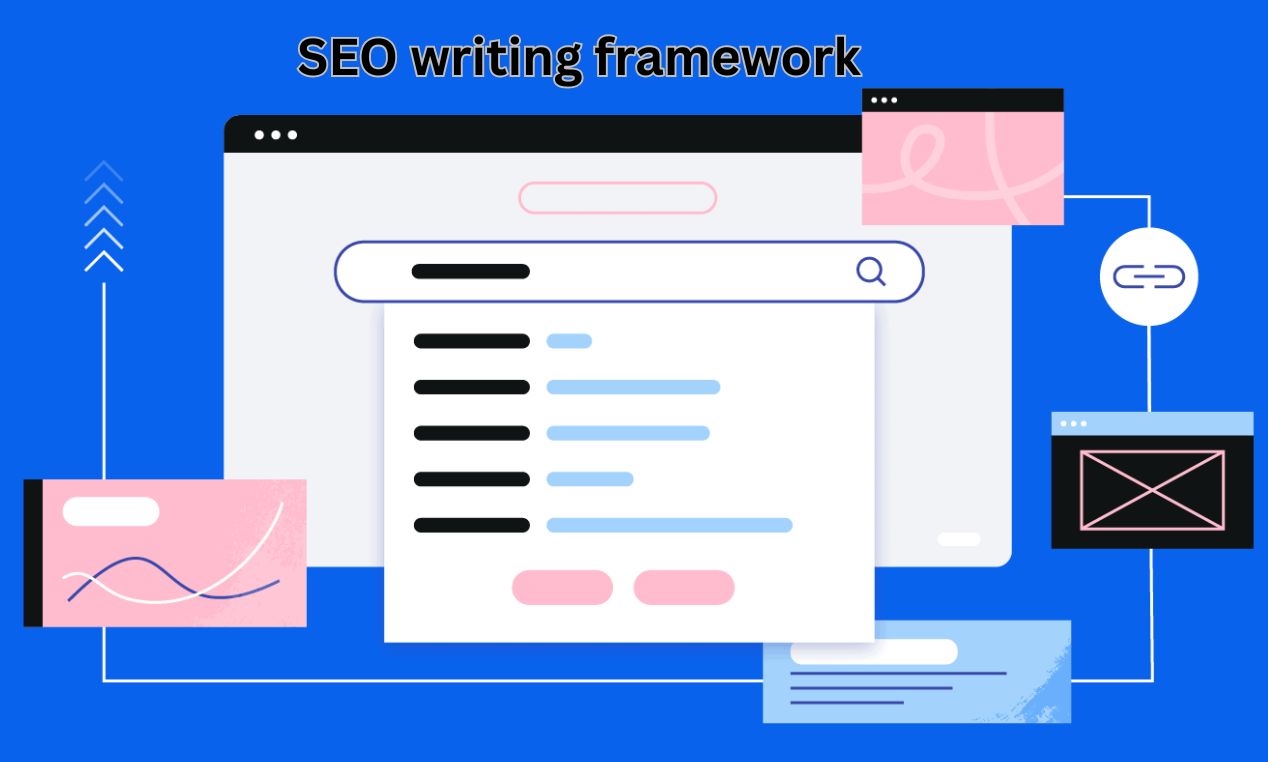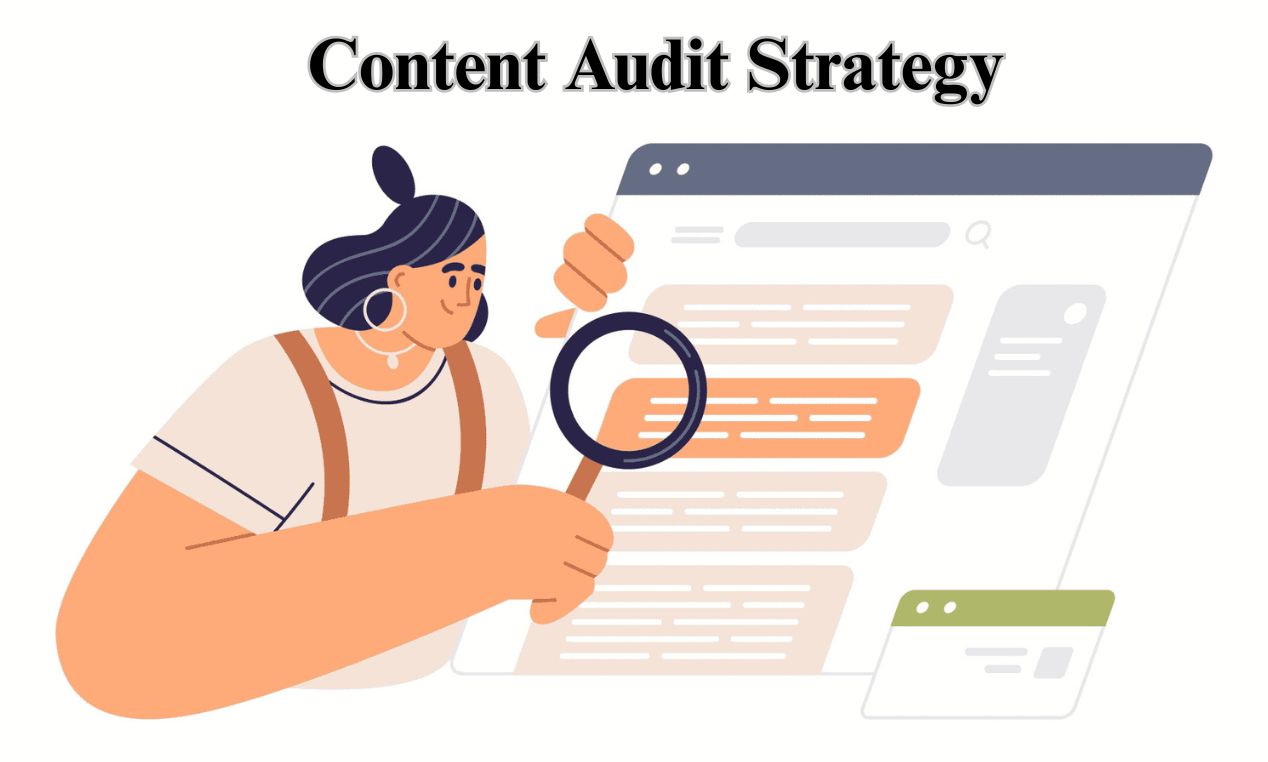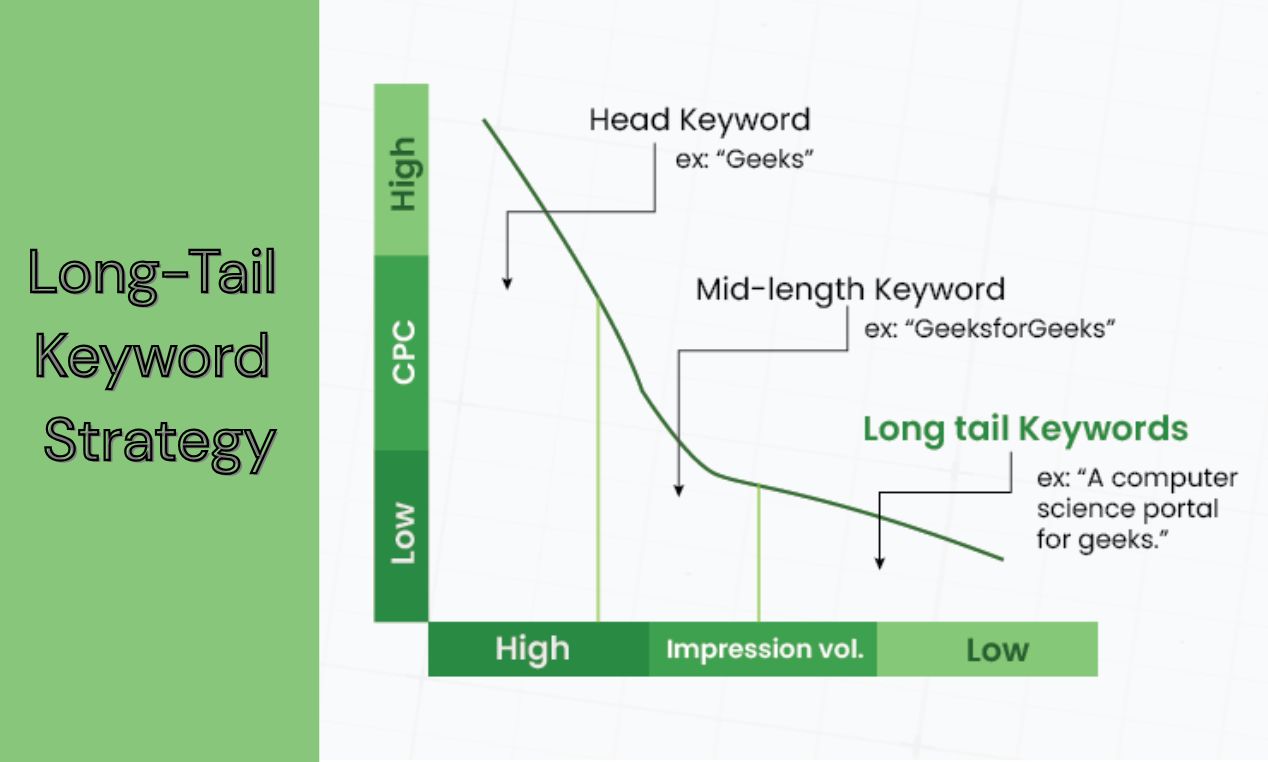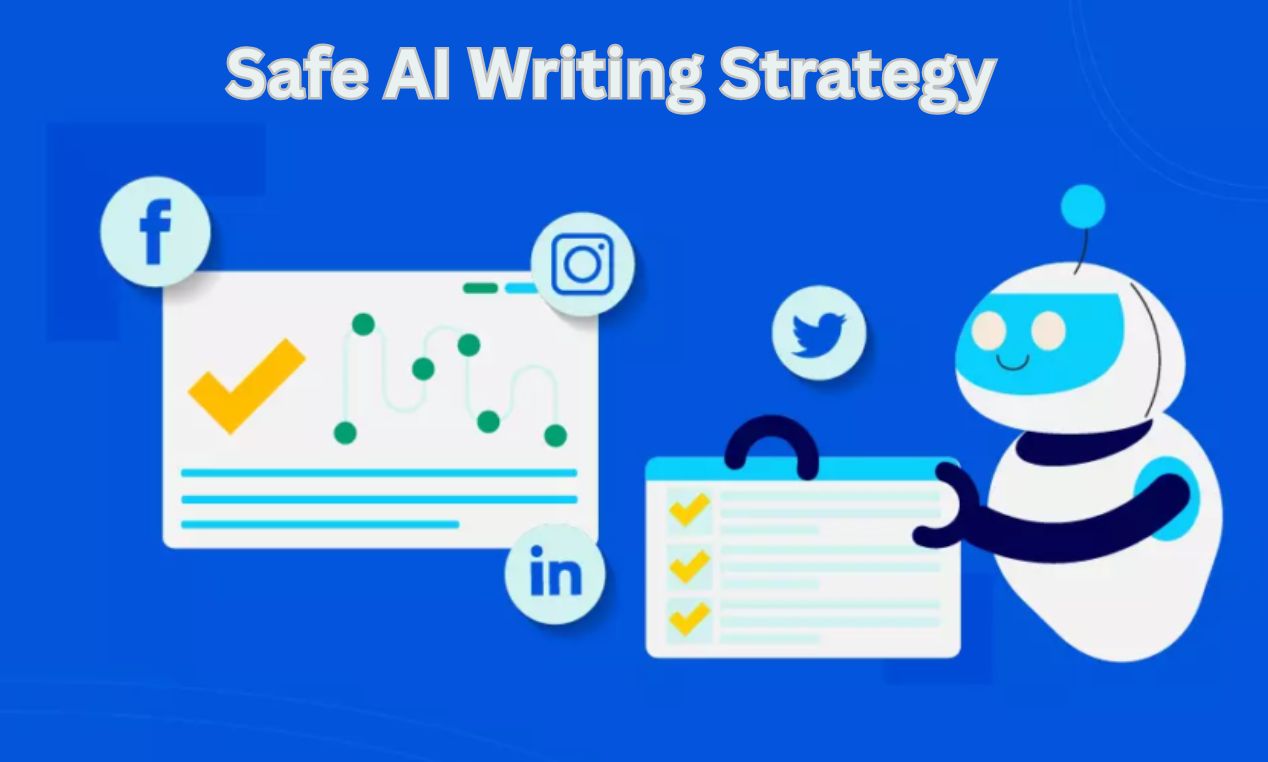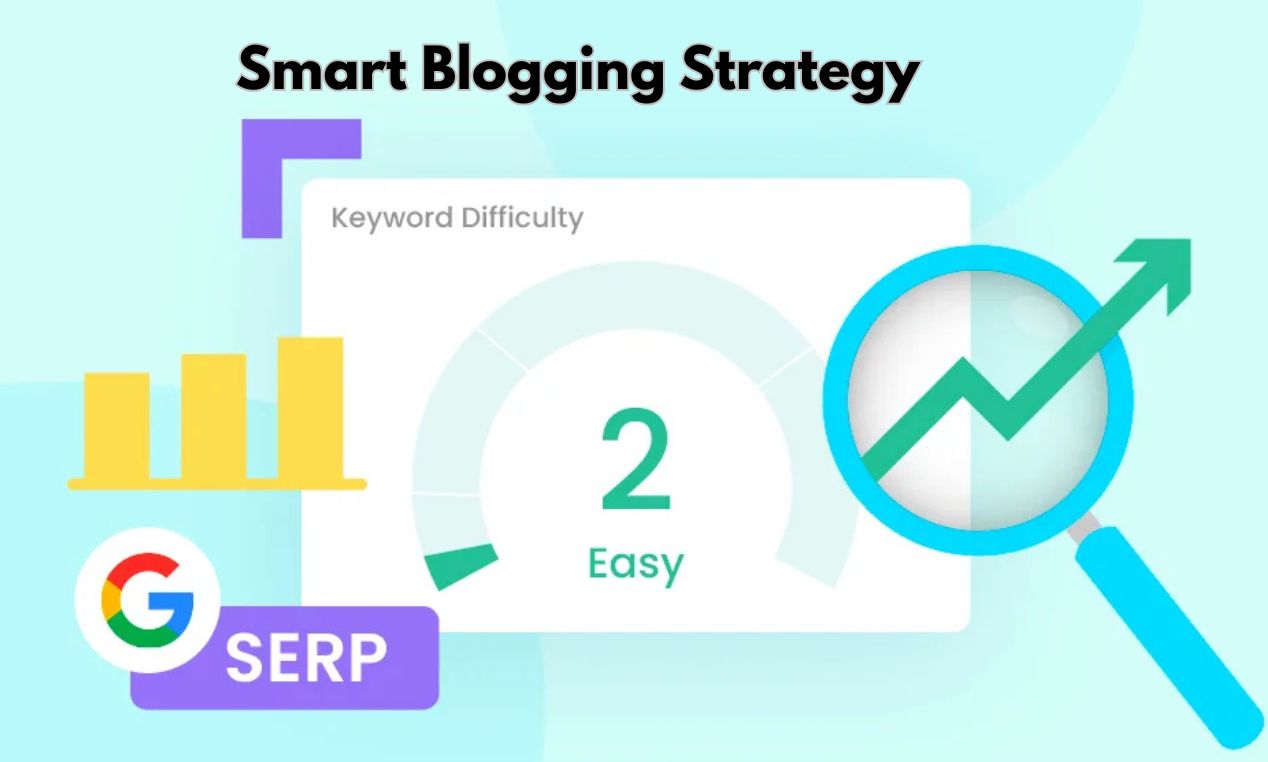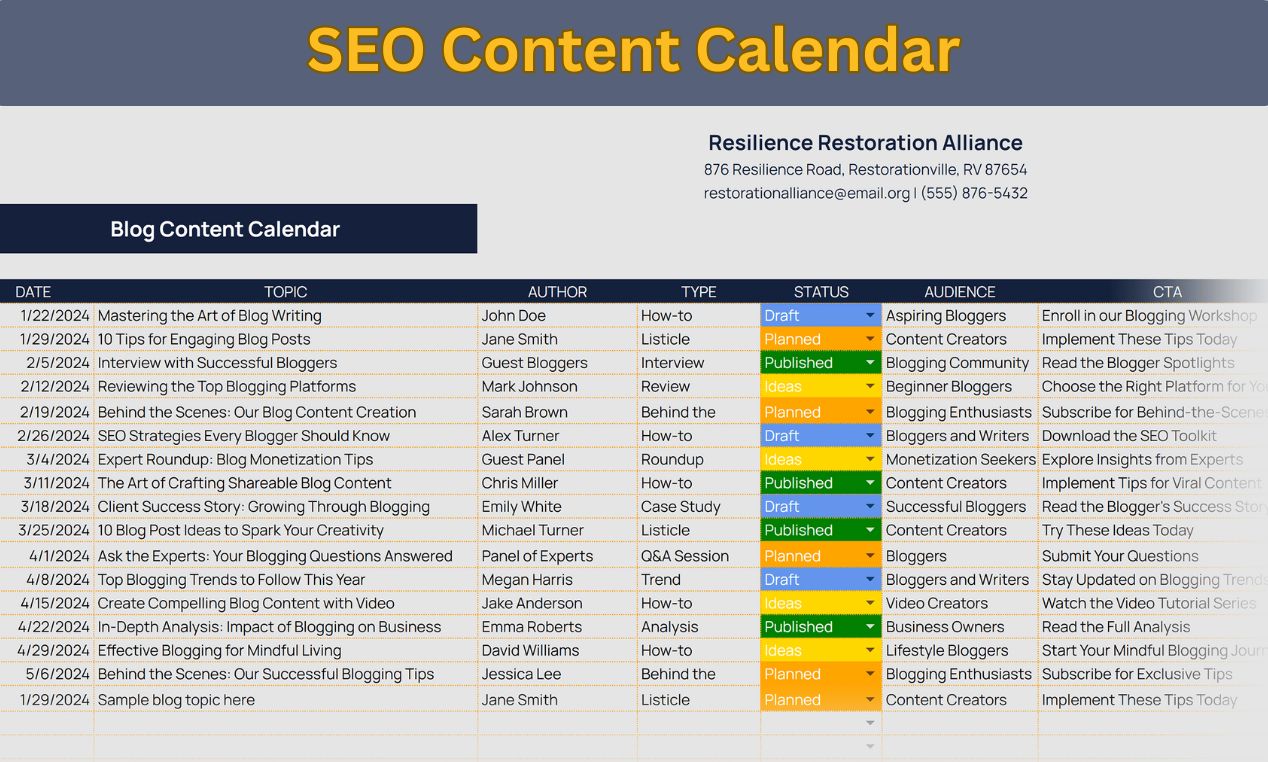IIf you run a blog, you’ve probably heard people talk about trust, authority, and how Google keeps getting smarter every year.
But when you look closer, one phrase shows up repeatedly E-E-A-T, which stands for Experience, Expertise, Authoritativeness, and Trust. It may sound technical, but in simple words, it’s Google’s way of checking whether your blog is reliable and worth ranking.
This EEAT Guide for Bloggers is written to help you understand these ideas in a practical, friendly way.
You don’t need to change your personality or sound like a textbook you just need to show real knowledge, real experiences, and a genuine voice. When you do that, search engines and readers both feel confident about your content.
Table of Contents
EEAT Guide for Bloggers
What is Google’s E-E-A-T Guideline?
When someone asks, What is Google’s E-E-A-T guideline?, the answer is simple. Google uses it to judge whether information on a page is trustworthy and useful. It checks if:
- The writer has real experience with the topic
- They understand the subject well
- People consider them a reliable source
- Content is accurate and honest
Google doesn’t only want information it wants reliable information from people who have something real to say. And that’s exactly what an EEAT Guide for Bloggers focuses on: showing your genuine experience, sharing clear knowledge, and writing in a way that builds trust over time.
What is Google E-E-A-T Ranking?
When bloggers ask, What is Google E-E-A-T ranking?, the simplest way to understand it is this: it’s part of Google’s system for judging quality. There isn’t a visible “score,” but it plays a big role in where your content shows up on search results.
Google tries to filter out shallow, copied, or weak content. So when your blog feels trustworthy, original, and genuinely useful, it naturally gets more visibility over time. Posts that follow this approach usually climb search rankings step by step.
In this EEAT Guide for Bloggers, the focus isn’t on shortcuts it’s about showing your real voice, sharing your experience, and proving you know what you’re talking about.
What Are the E-E-A-T Ranking Factors?
To answer What are the E-E-A-T ranking factors?, here are the main points Google looks for:
Experience
Have you personally tried or done what you’re writing about?
Example: A skincare blogger sharing products they actually used.
Expertise
Do you understand the topic well enough to guide others?
Example: A finance writer explaining tax-saving tips accurately.
Authoritativeness
Do others consider you reliable?
This comes from mentions, citations, or people referencing your work.
Trust
Can users trust your site?
Trust comes from clear content, accuracy, and transparency.
Even simple blogging topics benefit from these. Think about food blogs the best ones show photos of real cooking, personal tips, and honest feedback. That’s E-E-A-T in action.
E-E-A-T Examples Bloggers Can Learn From
If you want easy E-E-A-T examples, here are a few:
- A travel blogger sharing personal photos and budget tips from their trip
- A tech blogger posting tutorials they tested step-by-step
- A health writer citing trusted medical sources and adding personal experience where relevant
- A finance blogger sharing screenshots of tools they use
You don’t need to be a certified expert for every topic your practical experience often counts.
How to Improve Your Google Rankings With E-E-A-T
Now the main question: How to improve your Google rankings?
Here are easy steps that fit naturally into a blog routine:
Show real-life usage
Screenshots, pictures, personal stories they matter.
Add author bios
A short “About the author” section helps readers know who you are and why you write.
Cite reliable sources
Mention official sites or tools when sharing data.
Update old content
Fresh, current content shows you care about accuracy.
Encourage engagement
Comments, shares, and feedback help build credibility.
None of these are complicated. They just make your blog feel more real and useful.
Google E-E-A-T Guidelines in Simple Words
When people talk about Google E-E-A-T guidelines, they are basically reminding us that:
Search isn’t only about keywords it’s about trust.
Google wants content created with intention, backed by experience, and presented clearly for readers. So instead of focusing only on rankings, focus on writing for people who genuinely search for answers.
Conclusion
Building E-E-A-T is not a one-time activity. It grows as you write consistently, share real insight, and stay honest with your audience. Readers trust bloggers who speak from experience and guide them without over-promising.
If you keep showing your voice, citing real examples, and updating your work, Google gradually recognizes your efforts.
Think of E-E-A-T as a long-term reputation system. When you treat your blog like a genuine space to help others, rankings follow naturally.


